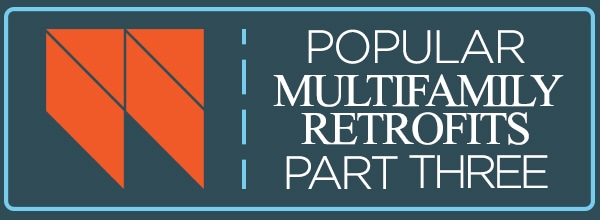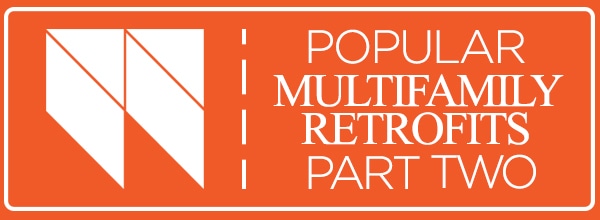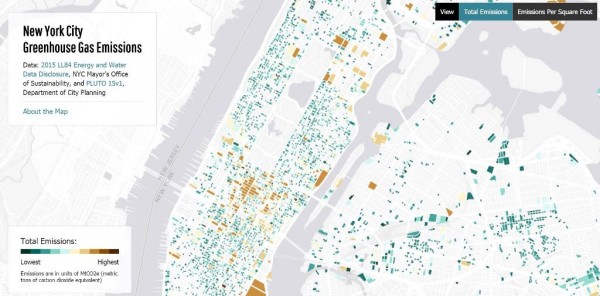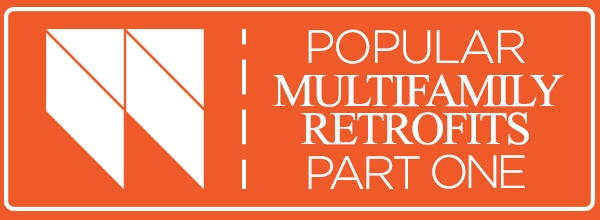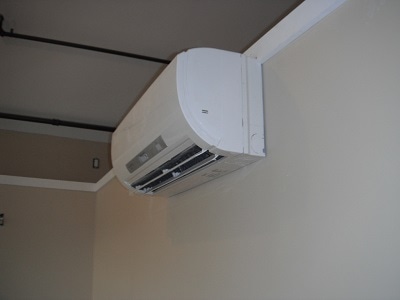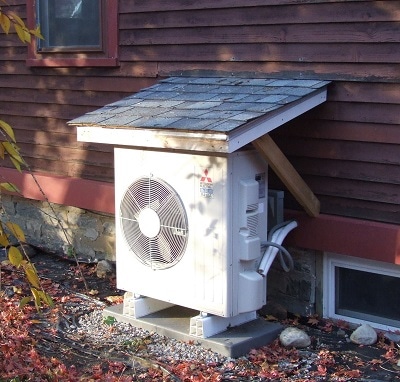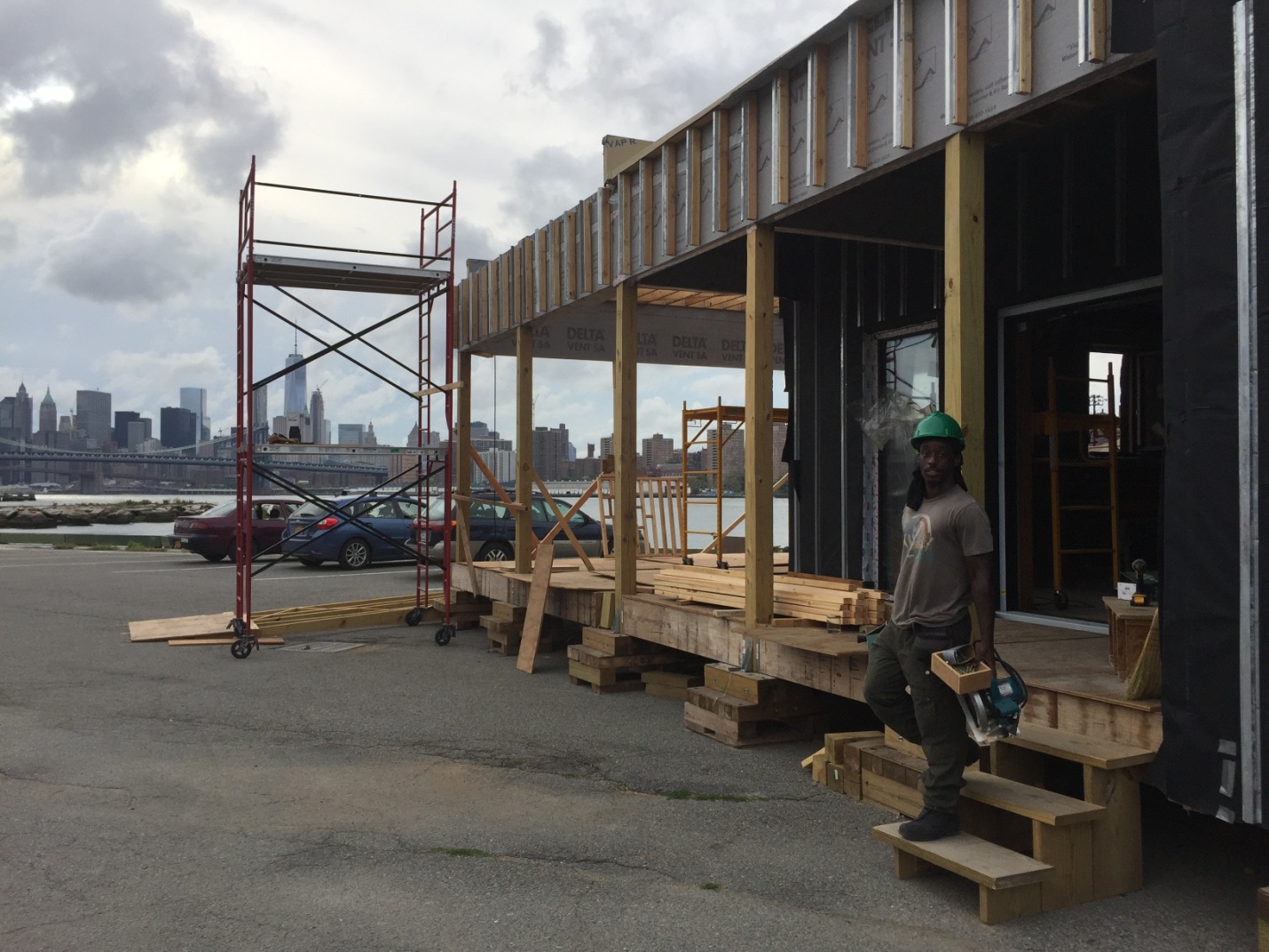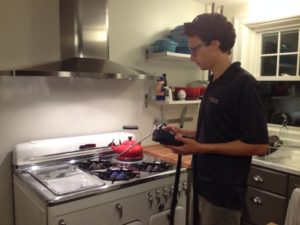- May 24, 2016
- 0 Comments
- In Existing Building Performance
- By Robb Aldrich
A few months ago I wrote about air-source heat pumps (ASHPs) in cold climates, and I promised more info on how to select the right systems and get the best performance. Below are some things we’ve learned from our work with ASHPs in the Northeast; much of this is based on the results from a study supported by the DOE Building America program. To be clear, we’re talking about inverter-driven (variable-speed) heat pumps in residential applications during heating season. Cooling is certainly important also, but we’ve been more focused on the heating performance, especially at lower temperatures. (more…)

